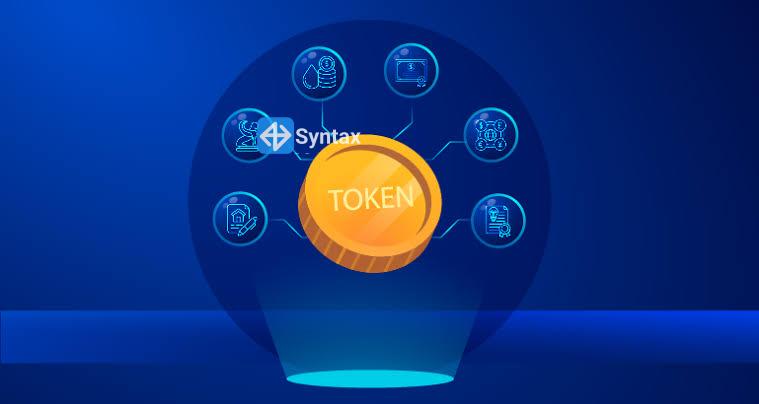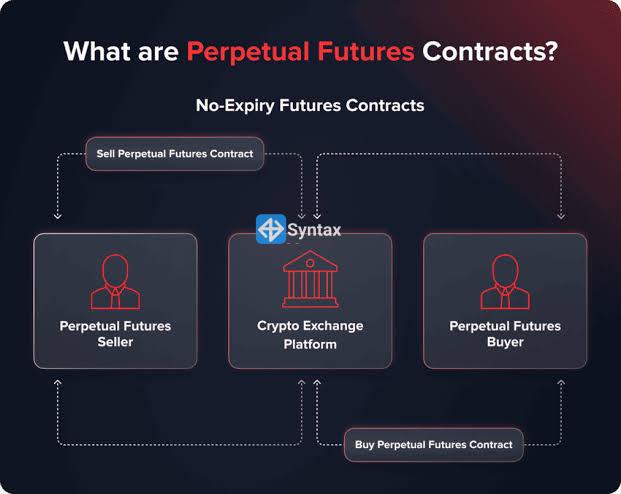Despite the growing advancement in blockchain technology and the continuous security upgrades across the crypto space, centralized exchanges (CEXs) remain one of the most frequent targets for hackers. These platforms are often the entry point for millions of users into crypto trading, but they also hold vast amounts of funds in one place, making them prime targets for cybercriminals. Understanding why CEX hacks still occur is crucial for traders and investors looking to keep their assets safe.
1. Centralized Control of User Funds
The biggest weakness of centralized exchanges lies in their structure. In a CEX, users deposit their assets into exchange wallets controlled by the platform. This means users don’t truly “own” their crypto, the exchange does.
If hackers manage to breach the exchange’s servers or obtain access to these custodial wallets, they can steal huge sums at once. This single point of failure is something decentralized exchanges (DEXs) are designed to avoid.
2. Poor Security Practices or Outdated Systems
Not all exchanges invest equally in cybersecurity. Smaller or poorly managed exchanges sometimes neglect regular system updates, penetration testing, or proper encryption methods. Hackers exploit these weaknesses to gain unauthorized access to databases, APIs, or private keys.
In some cases, phishing attacks or insider threats make the problem worse, giving attackers direct access through social engineering or internal compromise.
3. Hot Wallet Vulnerabilities
Most exchanges use hot wallets (wallets connected to the internet) for quick withdrawals and transactions. While convenient, they’re also highly vulnerable to attacks. Even with advanced firewalls and monitoring systems, hackers continue to find creative ways to exploit hot wallet connections through malware or API key theft.
4. Human Error and Insider Threats
Some of the largest exchange hacks in history weren’t purely technical, they involved human mistakes or malicious insiders. Employees with privileged access might accidentally expose credentials or even collaborate with attackers for financial gain.
Proper access control, two-factor authentication, and background checks are crucial to prevent such internal breaches.
5. Growing Sophistication of Hackers
Cybercriminals have become far more advanced, often using phishing campaigns, supply chain attacks, or smart contract exploits. They study exchange operations, identify weak links in APIs or security protocols, and strike when the timing is right. Even with the best tools, exchanges must constantly evolve to stay one step ahead.
While many platforms have significantly improved their security frameworks, the safest approach remains simple: never store more crypto on an exchange than you’re willing to lose.
Using personal wallets and enabling extra security layers like hardware wallets or two-factor authentication can go a long way in protecting your digital assets.












